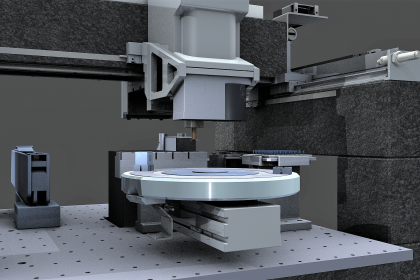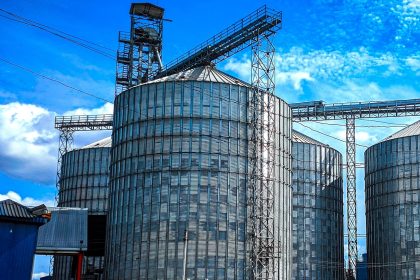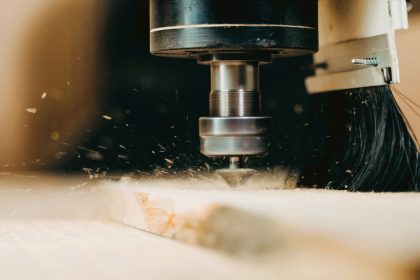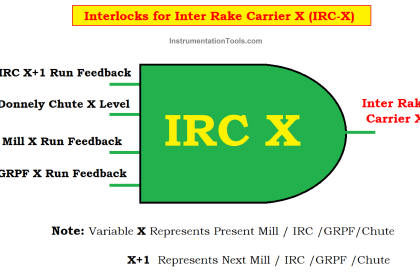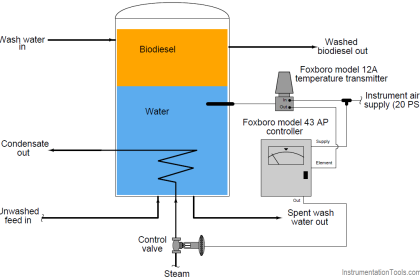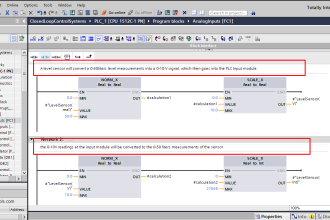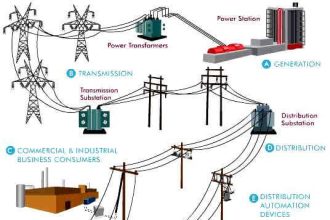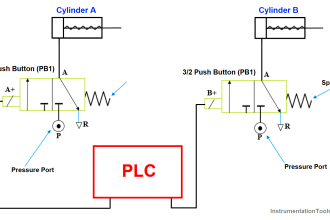In this post, we will see the difference between predictive maintenance and preventive maintenance.
Maintenance is an essential part of the industry. Many people ignore this task or take it lightly; but it is to be noted that to increase the life of a system, it is essential to maintain it properly.
Ineffective maintenance can lead to frequent breakdowns, and increased costs for a company and thus, reduce the life of a system. It is to be noted that maintenance works in two types – preventive and predictive.
In this post, we will see the basic concept of both types and understand the difference between them.
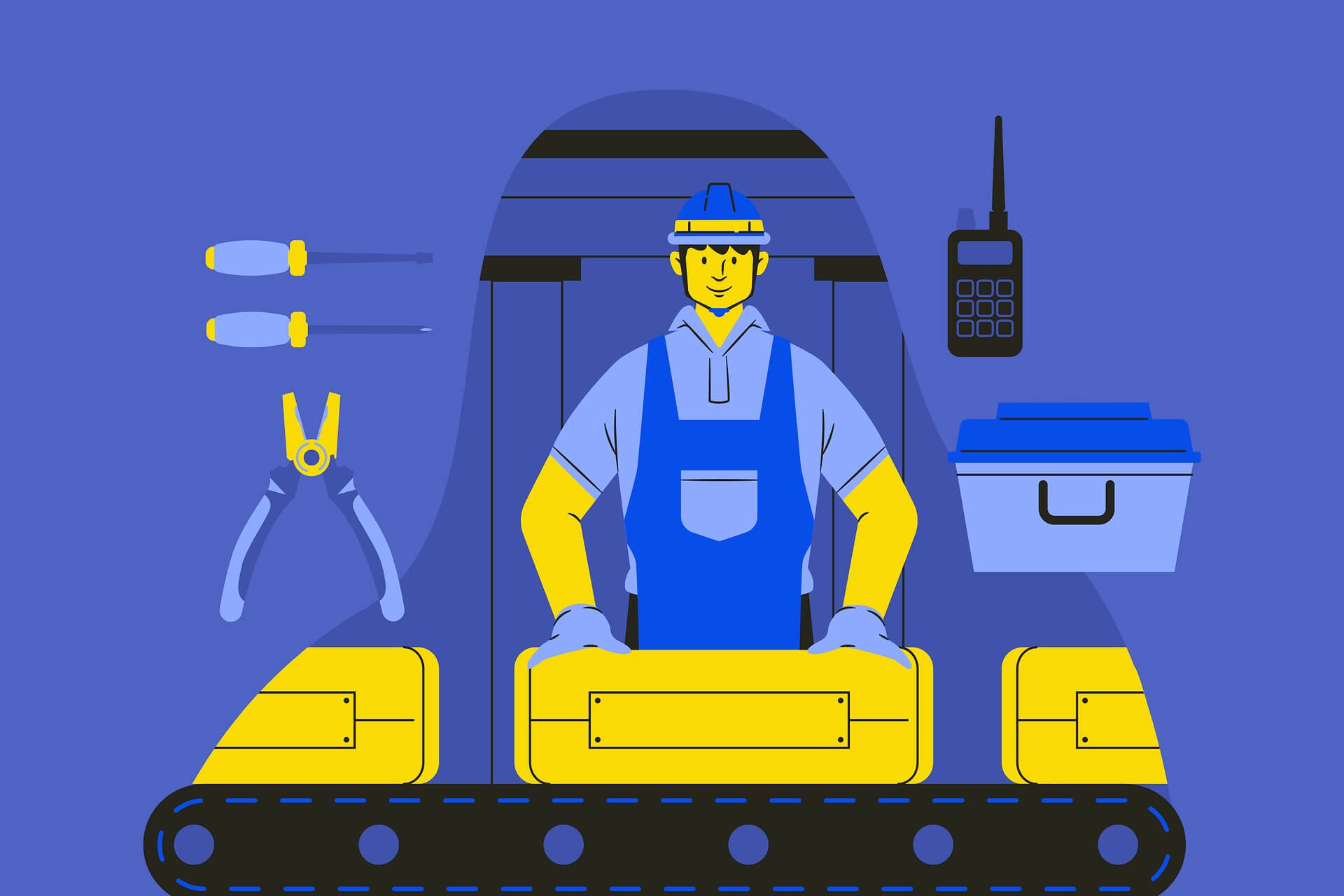
Preventive Maintenance
As the name implies, Preventive Maintenance refers to preventing breakdowns. Basically, it is a planned and scheduled procedure to prevent any issues from occurring in the future.
Suppose you are running a machine in a plant. You have five components in a plant and you know that out of five, three components will require periodic check-ups and overviews to run them properly.
So, it will be required to periodically maintain and check these three components so that it runs for longer life. Simply, compare it with your vehicle servicing. You know that engine oil will be required to be changed periodically to ensure the longest running of the vehicle and ensure its smooth operation. This is called preventive maintenance.
This type centers on reducing the risk of equipment failure by conducting routine maintenance tasks. It will be often hourly, daily, weekly, monthly, or yearly type. In some cases, it will be based on a running number. It will require downtime to conduct the routine; which means basically, it cannot be executed in running condition.
As you are conducting a routine check-up, you will need pre-requisite checklists like calibration data, equipment inspection, cleaning, component inspection, repair, and replacement.
Preventive Maintenance is extremely useful in reducing the operating costs of the machine, as you have all the tools prepared to maintain the parts which will frequently wear and tear. So, you must have a proper idea of the system components and it’s working to identify which will require periodic checks.
Predictive Maintenance
As the name implies, Predictive Maintenance refers to predicting the breakdowns. It involves guessing the likelihood of equipment failure through monitoring and testing.
This activity is done way ahead before a breakdown occurs, by predicting the components which will undergo wear and tear in the future. The user will then prepare himself by arranging the required tools necessary to immediately attend it and resume the machine operation.
Consider a health example. A doctor knows that a so-called patient is continuously smoking and his condition of the lungs will deteriorate in the upcoming future to a stage where his life will be in danger. But, he cannot tell the exact date; like in preventive maintenance where we know the date. So, he will ask the patient to be prepared with the corresponding medication and the hospital where he should be admitted. This will prepare the patient mentally in dealing with the situation.
This type works solely on monitoring, analysis, and administration. You require a good set of sensors to monitor the machine and identify those components which will break down in the upcoming days, by reading its data, graph, and reports. It is a real-time and data-driven approach to maintaining the machine.
So, its main goal is simply to catch the potential asset malfunction as early as possible to avoid further damage. The sensors will communicate the data with maintenance software to allow it to analyze the machine and determine which components will require maintenance in the future.
Predictive Maintenance versus Preventive Maintenance
- Preventive is done on regular basis as compared to predictive which is not done on regular basis.
- The downtime is higher in the preventive one than the predictive one. In predictive maintenance, normally there are cases where downtime is not even required. Assets can be replaced or repaired in running condition.
- Preventive is less complex and costlier than predictive one which is more complex to understand, design, and prepare. It is more costly than preventive maintenance.
- Preventive is done irrespective of the failure of the asset. Whether the asset is perfect or not, it will be attended to according to the schedule. But, predictive is done based on the failure of the asset.
- Preventive takes more time to execute than predictive maintenance.
